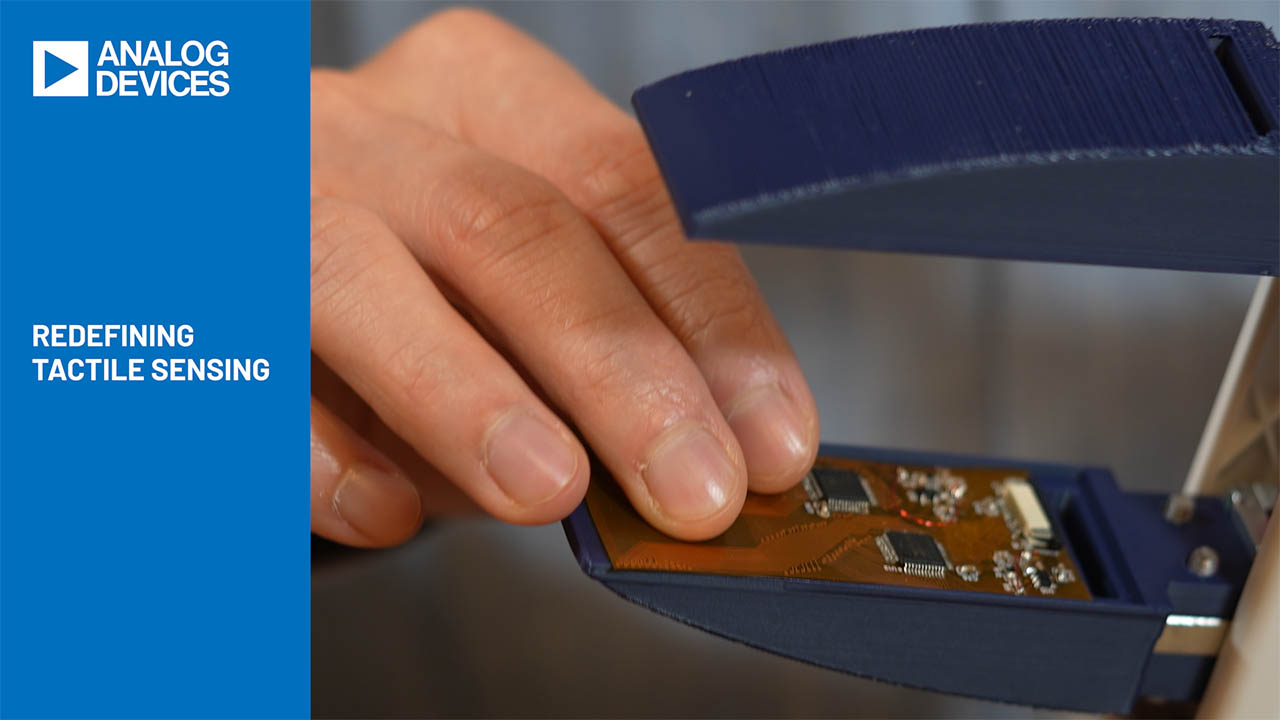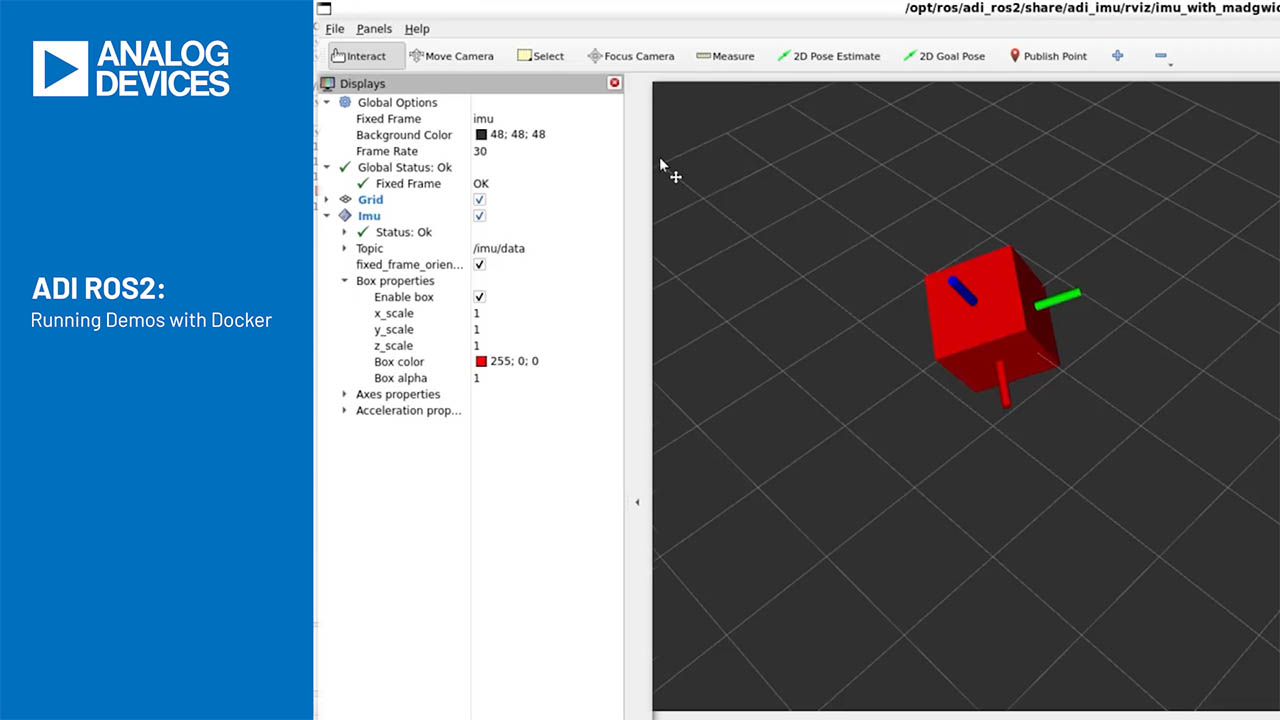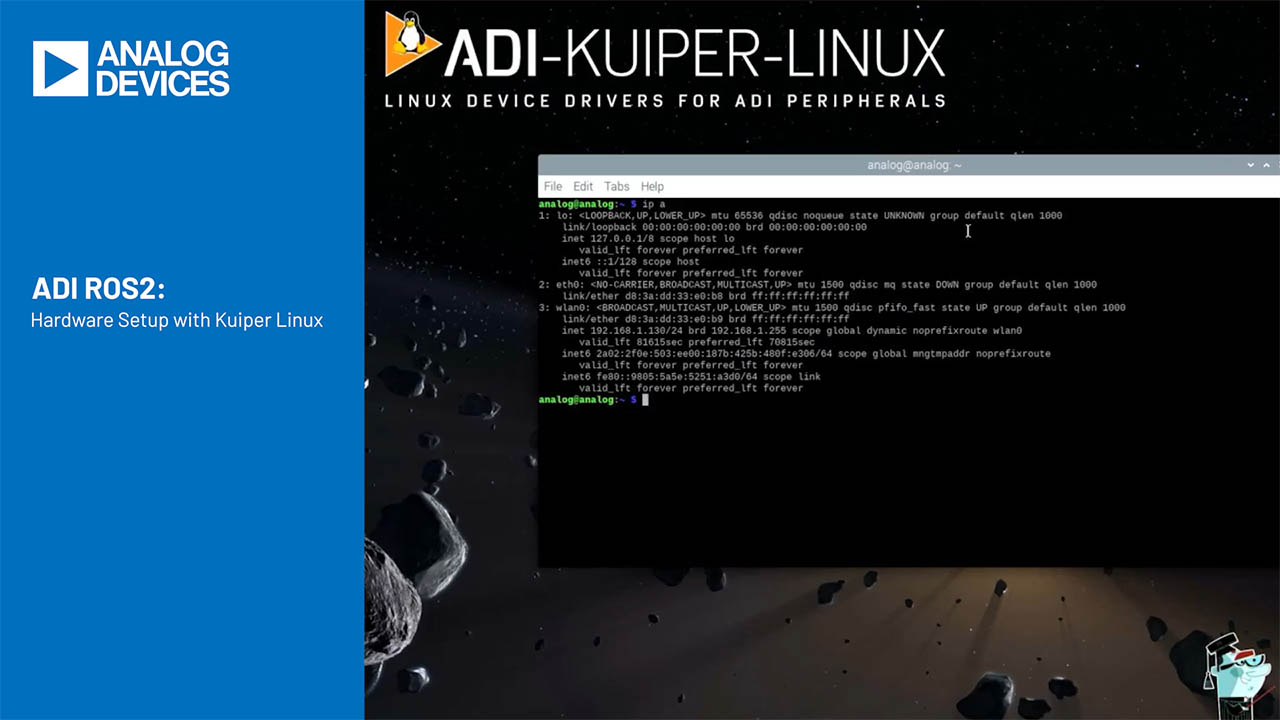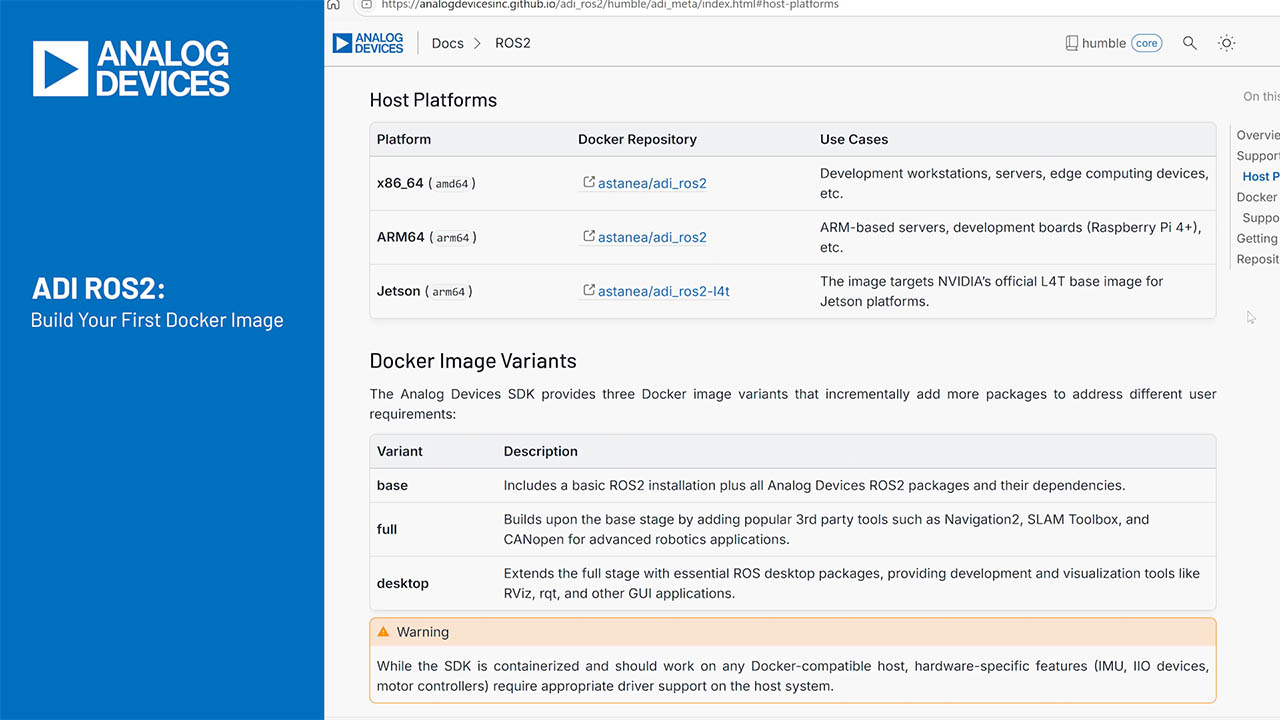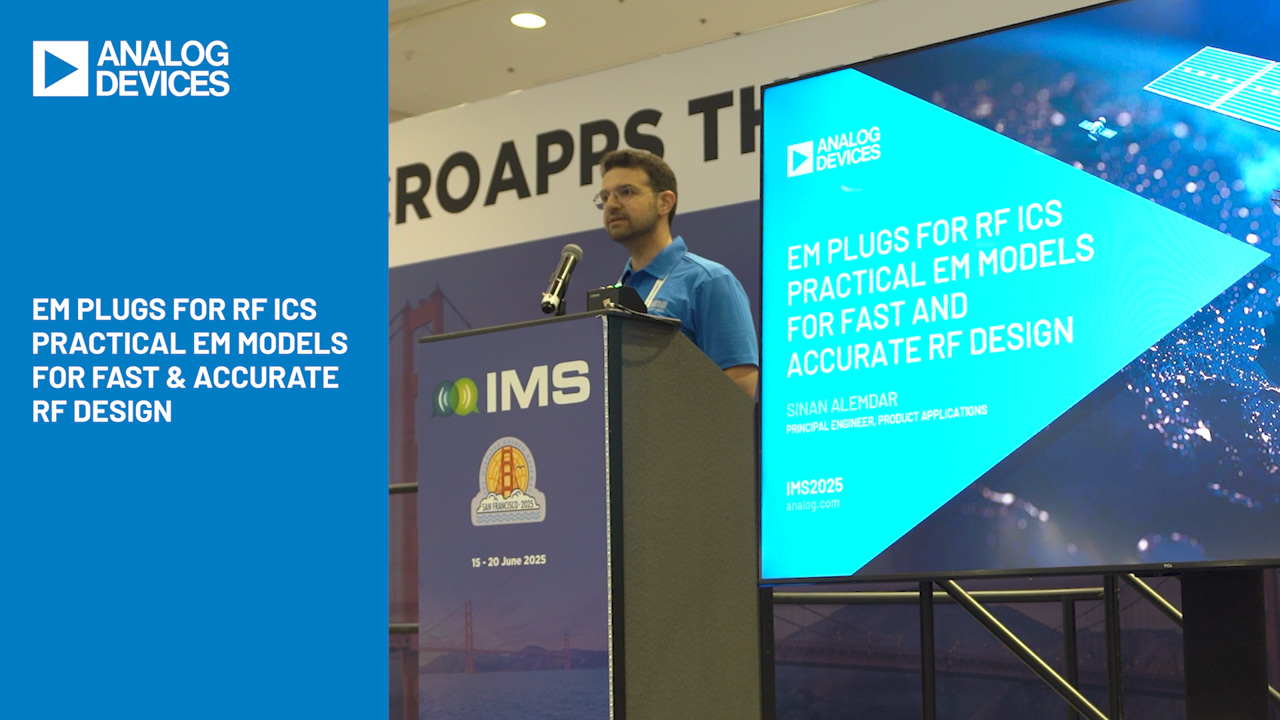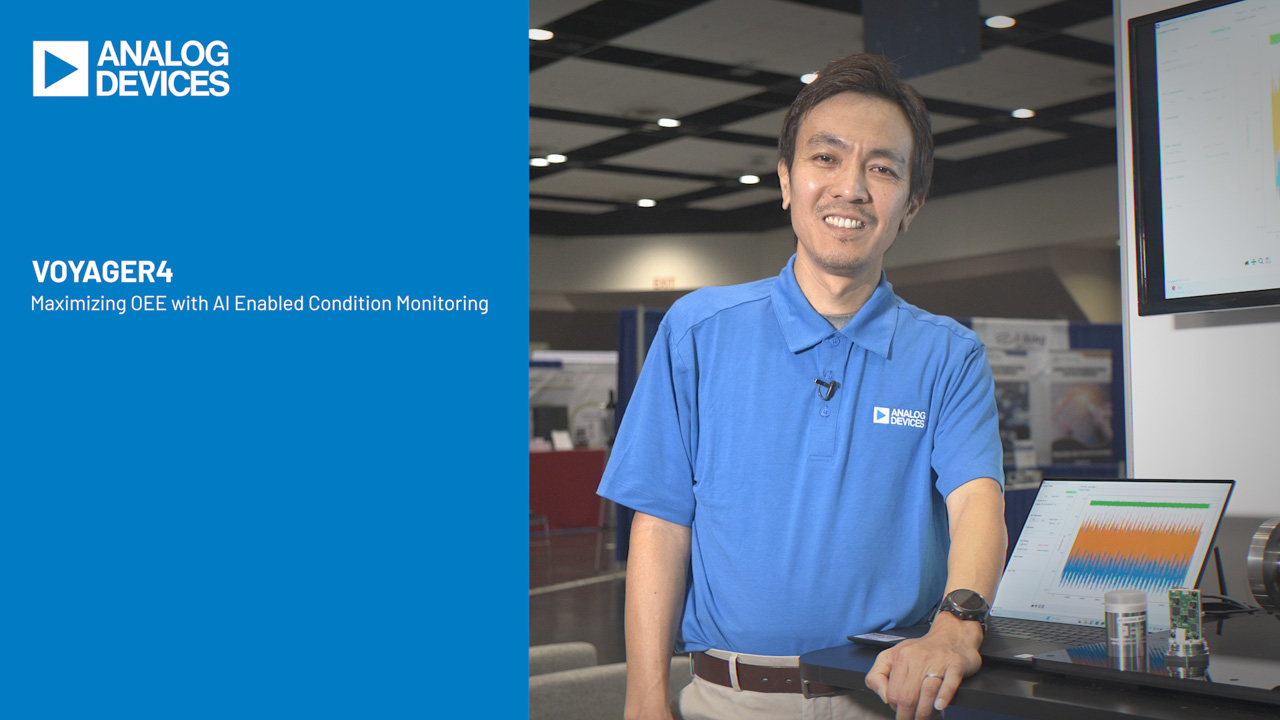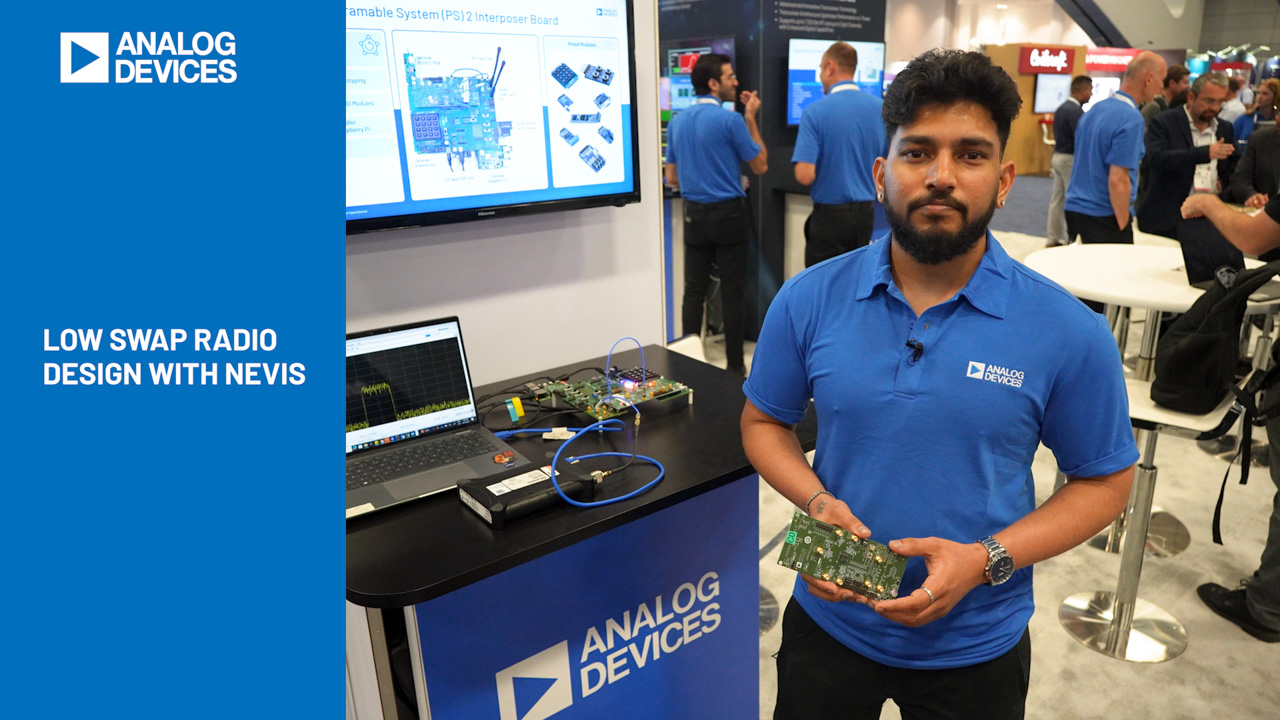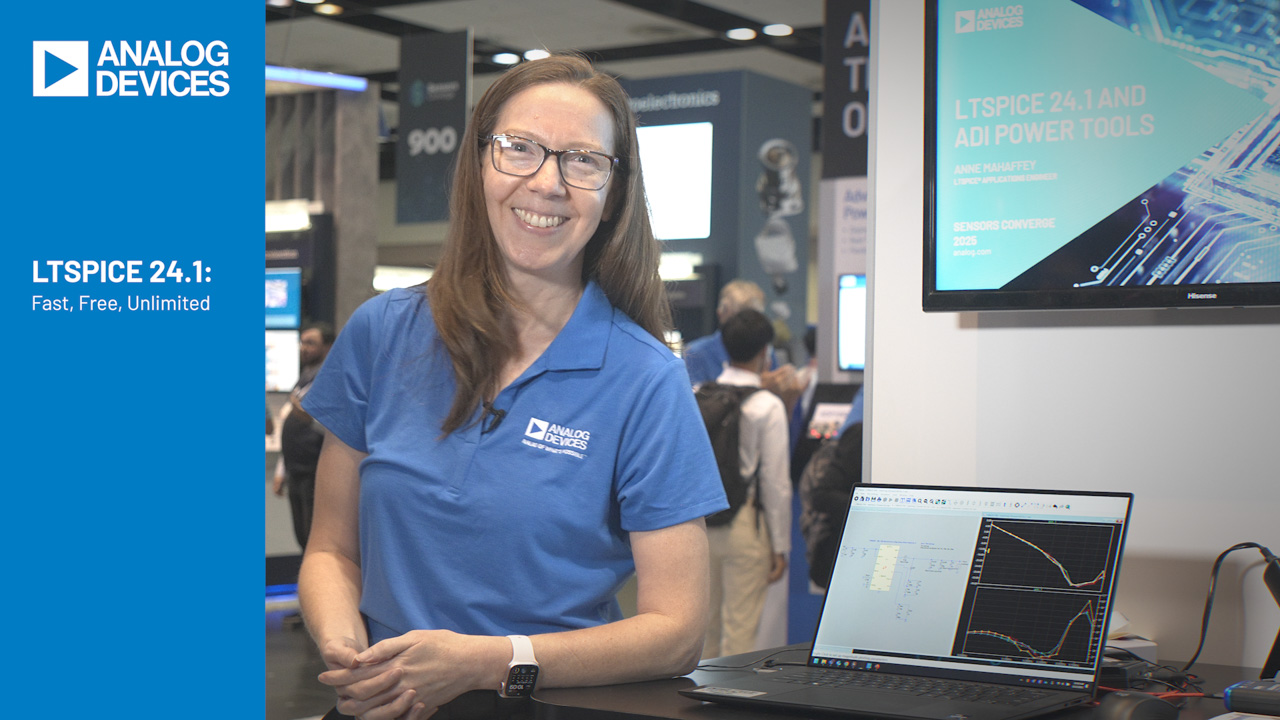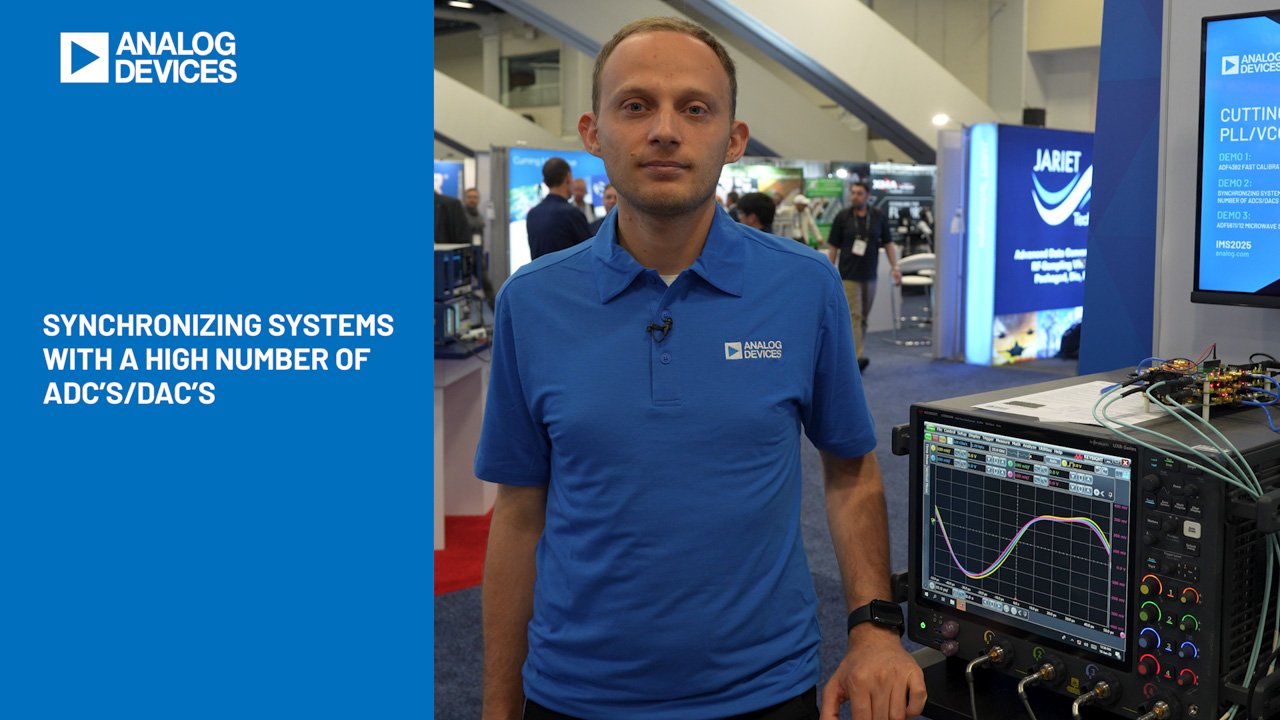New Equalized SATA I/II/III Redriver Improves eSATA Cable Drive
Abstract
Bidirectional redriver features input equalization, preemphasis, and two new low-power modes.
Introduction
SATA¹ has become the ubiquitous connection to hard drives in both laptops and desktop PCs. SATA is available in two basic forms, internal and external (eSATA). Both forms use seven conductor cables with two balanced pairs and grounds between the pairs. In addition, eSATA can be used for runs up to 2m in length and adds shielding to the cable. Many laptops and desktop computers have an eSATA connector to be used with an eSATA drive. Current data rates of 3.0Gbps can transfer data up to 10x the speed of USB 2.0 drives. Unlike the ungainly parallel cables, SATA and eSATA cables are thin and flexible, and relatively easy to handle.
Challenge of Connecting an eSATA Port to a SATA Connection
SATA and eSATA transfer data at 3.0Gbps, or 300Mbps. The eSATA signal is usually derived from a standard internal SATA port. This signal is propagated down a PC board and sent to an eSATA connector. Many hosts do not have the drive capabilities to accommodate the losses of the board, connector, and cable.
The MAX4951BE overcomes the issues of mating an eSATA port to a SATA connection. The MAX4951BE drives the eSATA cable and enhances the signals in both directions through equalization. Input equalization (EQ) and output preemphasis (PE) both improve the signal quality. Both board traces and cables exhibit a lowpass filter characteristic; a typical board or cable can exhibit a -3dB point at 600MHz. Since the board or cable losses are frequency dependent, the ideal match would be a device that compensates for the high-frequency losses. With eSATA, the system must deal with signals moving in two directions: one signal goes from the host to the storage device, and one returns from the storage device to the host.

Figure 1. A typical eSATA-to-SATA setup. The host drives several inches of board or cable to the eSATA connector and a 2m eSATA cable to the hard drive.
Basic Configuration
Figure 1 illustrates a typical placement. The controller hub (host) is several inches from the MAX4951BE. The host drives several inches of board or cable to the eSATA connector, and then a 2m eSATA cable to the hard drive. The signal from the host may just pass internal specifications; the signal can be as small as 400mVP-P. It then travels over from 3in to 9in of board to the connector. Sometimes this signal is connected to the board with a flex or ribbon connector, and losses of 1dB to 7dB are not uncommon. In that case. a 400mVP-P signal will no longer pass eSATA output level requirements. In addition, the high-frequency rolloff will introduce dependent jitter (DJ).
Importance of Equalization
The MAX4951BE contains a limiting amplifier with input equalization. Input equalization adds a highpass filter in front of the limiting amplifier, thereby compensating for the lowpass filter's effect on the board or cable. The output amplitude is restored and constant for any signal from 200mV to 1600mV. Output level is fixed to ≤ 600mVP-P, thus overcoming any board losses. Figure 2A shows the eye diagram for the output of the device, which easily meets the ≥ 400mVP-P signal requirement. The input EQ helps eliminate any jitter caused by lowpass filtering from the board.
Importance of Preemphasis (PE)
The signal in Figure 2A easily meets eSATA requirements. If the signal needs to drive ribbon or flex cable or a long FR-4 run to reach the connector, it will need help. Ribbon and flex cable make a nonideal link for 3.0Gbps; they introduce more losses, high-frequency rolloff, and jitter. The MAX4951BE has an optional setting to add PE to the output. PE improves the high-frequency response of the signal after it leaves the chip and travels to the connector. PE adds amplitude every time that a bit transitions from a 1 to a 0 or a 0 to a 1. See Figure 2B. Each time a transition bit occurs, the MAX4951BE supplies extra energy to this bit with PE enabled. The extra high-frequency energy helps to overcome high-frequency losses in the connector and cable/socket assembly; it should be used if the MAX4951BE must drive a difficult run to the connector. The designer can plan the board with a pullup resistor to pins 8 and 9. If the eye at the eSATA compliance points in the eye diagram is closed, then add the pullup resistor. If the signal shows a great deal of overshoot at the socket, then PE is not needed and the pullup can simply be removed. The MAX4951BE has internal pulldown resistors so these pins do not need resistors to ground. For the signal return to the host, there is no compliance point. A good "rule of thumb" would be to use PE if there is > 5in between the MAX4951BE and the host, or if the signal must traverse several vias. The "bump" in Figure 2B shows the increase in high-frequency content for a transition bit. The oscilloscope screen shot shows excellent performance for driving a long board run or cable.

Figure 2A. The eye diagram for the output of the MAX4951BE, which easily meets the = 400mVP-P signal requirement.

Figure 2B. PE adds amplitude every time that a bit transitions from a 1 to a 0 or a 0 to a 1.
Squelching Out-of-Band (OOB) Signals
The SATA/eSATA signal is complex and contains out-of-band (OOB) signals which are used for initial handshaking. OOBs are 1.5Gbps bursts, where the envelope is interpreted (Figure 3). The MAX4951BE employs a fast squelch system to remove any output if the signal is below the required level. This feature ensures that the output is not amplified if there is noise at the input. The MAX4951BE squelches when the signal is < 100mVP-P, thus conforming to SATA specifications.

Figure 3. OOBs are 1.5Gbps bursts.
Capacitor Coupling at the Input and Output
The final board should be laid out carefully to match the 50Ω inputs of the device. The designer should consult with the board vendor so that a "stack-up" produces 100Ω balanced traces. The MAX4951BE must be capacitor coupled from both the host and drive side. There is no problem if the drive and the MAX4951BE use capacitor coupling (≤ 12nf) at both the input and output. If the designer places the MAX4951BE close to the eSATA connector and does not use a ribbon cable for the connection, then the use of PE could cause the system to be out of specification for maximum amplitude. In this case, the user is cautioned to remove the recommended pullup resistor on pin 9.
Power Management
Power consumption is a major issue for most designs. The MAX4951BE employs two power-saving features that can be used either singly or combined.
As previously mentioned, the device contains a squelch to determine if there is a valid input signal. Approximately 3/4 of the device's current is consumed in the output stages. The MAX4951BE reduces the power consumption by going into a partial sleep mode when there is no valid signal. When there is no SATA activity, then the device consumes only a ≈15mA. SATA traffic is not continuous and a typical traffic pattern reduces the average consumption to ≈50% of peak consumption.
The MAX4951BE also has a CAble Detect (CAD) pin, pin 18, which is internally pulled up to +3.3V with a 300kΩ resistor. If pin 18 is left floating, the device is consuming < 1mA. This pin is actually a low enable pin and, if grounded, permits normal operation. It is very easy to have this pin act as automatic power-down feature.
Automating a Power-Down
The SATA/eSATA connector contains three ground pins, pins 1, 4, and 7. To automate power-down, simply lift one of these pins (e.g., pin 1) from ground and tie pin 18 to it. When a cable/hard drive is connected, then our example pin 1 will be grounded through pins 4 and 7, thereby enabling the MAX4951BE (Figure 4). If there is concern about the high-frequency portion, the designer can simply put a 5nf capacitor from pin 1 to ground, thus AC grounding the pin. When no cable is connected, the MAX4951BE is operating at nearly zero current; with a hard drive plugged in, then the MAX4951BE functions normally.
If automated power-down is not desired, the designer can simply ground pin 18 and the device functions normally, still employing the lower power squelch described earlier. The designer is encouraged to layout the board with a 0402 pad for pin 18 to GND. A 1nf to 5nf 0402 capacitor should be placed in this position and tests performed. If this low-power feature is not deemed worthwhile, then simply replace the capacitor with a 0Ω resistor.

Figure 4. Setup for automated power-down with the MAX4951BE.
6.0Gbps Data Rates and eSATA Connections
SATA and eSATA have evolved from 1.5Gbps to 3.0Gbps data rates and most recently to 6.0Gbps. The current version of the SATA specification is v. 3.0, which now includes the 6.0Gbps data rate for internal drives. The specification does not yet include eSATA, however, it is expected to be modified to include eSATA in the coming months. The designer will have a very hard time attempting to design a board to handle this data rate without the use of a redriver device. Maxim designed the MAX4951BE to perform at 6.0Gbps without any modifications. When designing and qualifying devices, it is comforting to know that the same device can be used with next-generation hardware. Figure 5 shows the MAX4951BE's performance at a 6.0Gbps signal. With an open eye and nearly jitter-free, the device is ready to be used when 6.0 Gbps eSATA is finalized.

Figure 5. From a 6.0Gbps signal, the MAX4951BE produces an open eye with minimal jitter and is ready for use with the anticipated eSATA specification.
The designer must consider how robust a device is that interfaces to the outside world. eSATA does an excellent job of keeping its pins from being exposed, however, there is an issue. With eSATA it is not possible to simply add electrostatic discharge (ESD-protection diodes either internally or externally to the part. Even a 1pf diode will shunt 100Ω of reactance to the output at the 3.0Gbps data rate. Maxim anticipated the eSATA data speed and has added internal protection for up to ±8kV, human body model. All performance specifications already include this protection to ensure the integrity of the device.
Conclusions
The MAX4951BE matches a SATA host to an eSATA external connection. The device employs both input equalization and selectable output preemphasis to overcome board losses and induced jitter. The MAX4951BE has two low-power features to reduce consumption; the part consumes < 1mA if a hard drive is not plugged in, and it reduces power when there is no eSATA traffic.
The designer can set the part up in prototype stage with a few resistors as jumpers and then decide which modes are appropriate. This saves the time of debugging code and testing software. Finally, the device is very robust with ±8kV of ESD protection. It is "future-proof" as it is usable with SATA 3.0 drives. An evaluation (EV) kit is available for the MAX4951BE; see MAX4951BEVKIT. The EV kit board includes SATA connectors and jumpers for setting levels, and a separate section to test high-frequency performance using SMA connectors.
¹SATA is the Serial Advanced Technology Attachment, high-speed serial interface for storage devices.
